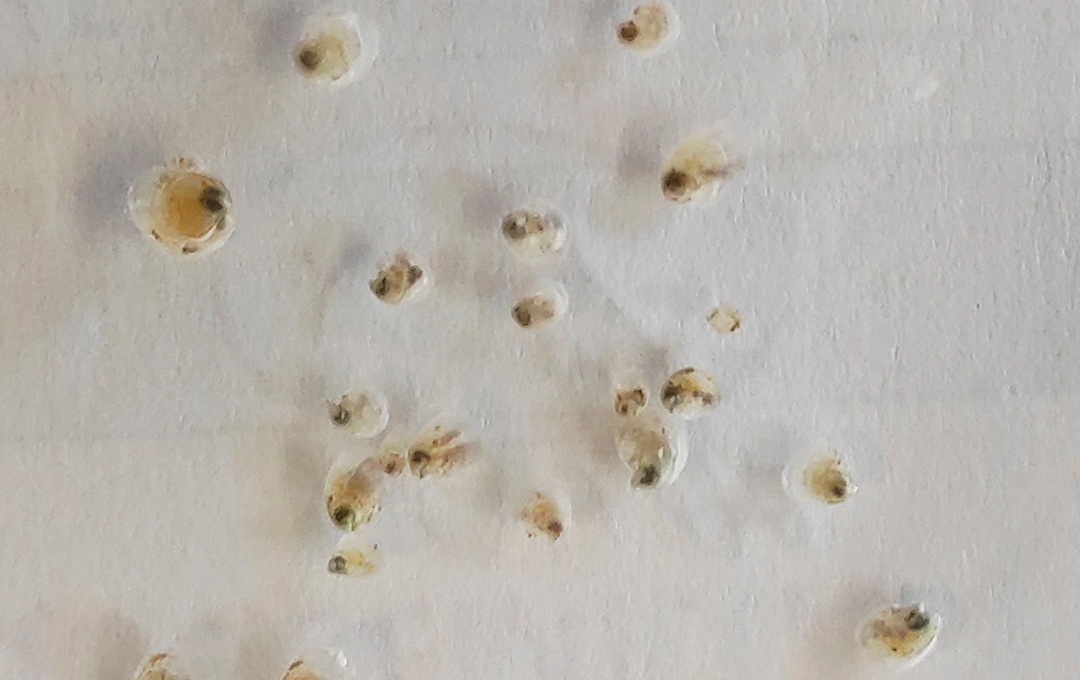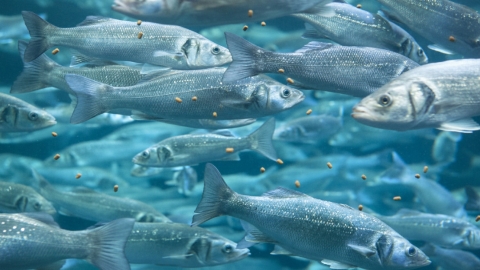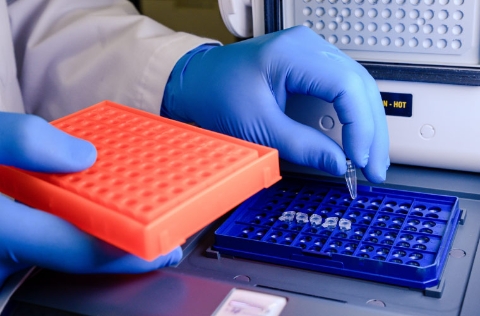
Phaeodactylum tricornutum, a diatom microalga considered cost-effective, resilient, and nutritionally valuable, could be an interesting sustainable feed for oyster hatcheries, according to a recent study conducted by researchers at Texas A&M University Corpus-Christi.
The study, published at Aquaculture International, has demonstrated that this native diatom-commonly found in the hypersaline waters of the Laguna Madre-can effectively supplement the diet of Crassostrea virgnica spat in hatchery systems.
Researchers tested the inclusion of this diatom at various levels in the standard juvenile oyster feed and concluded that up to 50% substitution can be achieved without negatively affecting growth or survival.
The experiment involved a six-week feeding trial with spat form the Laguna Madre population. Five diets were tested, ranging from 0 to 100% Phaeodactylum tricornutum. The results showed that the groups receiving up to 50% inclusion exhibited similar shell height and length compared to the control group, while all treatments maintained 100% survival. Only the group fed exclusively with the diatom showed significantly reduced growth.
The use of this diatom represents several advantages for hatchery managers in the regions. As a cold-tolerant and low maintenance species, Phaeodactylum tricornutum can be cultured in outdoor raceways during winter, when other microalgae require more expensive indoor systems. Its proven ability to grow in local conditions, and its content of essential fatty acids-particularly EPA and DHA-make it a promising alternative or complement to traditional microalgae such as Chaetoceros muelleri and Tetraselmis chuii.
Given that Texas legalized off-bottom oyster aquaculture in 2019, and commercial farms began operating in 2021, the demand of spat is expected to grow. The authors highlight that optimising feed strategies with resilient local species like Phaeodactylum tricornutum could support year-round hatchery production and contribute to the sustainability of the state’s emergin oyster farming industry.
“Comparison of growth metric of the spat revealed no significant differences for the 0-50% feed replacements,” the study notes, “indicating that up to 50% of the standard hatchery-produced juvenile oyster diet can be replaced with Phaeodatylum tricornutum with minimal effects on growth and survival.”
The research also underscores the importance of aligning hatchery practices with environmental conditions. The Laguna Madre, with its shallow depth, extreme salinity, and temperature fluctuations, poses unique challenges for algae cultivation. Using endemic species that naturally thrive in such conditions offers a pragmatic approach to ensuring a stable live-feed supply throughout the year.
While the short-term outcomes are promising, the authors recommend further studies on long-term effects, including broodstock conditioning and nutrient retention in adult oysters. If future trials confirm its benefits, Phaeodactylum tricornutum could become a key component in regional feed formulations-lowering costs and reducing the environmental impact of microalgal production.



